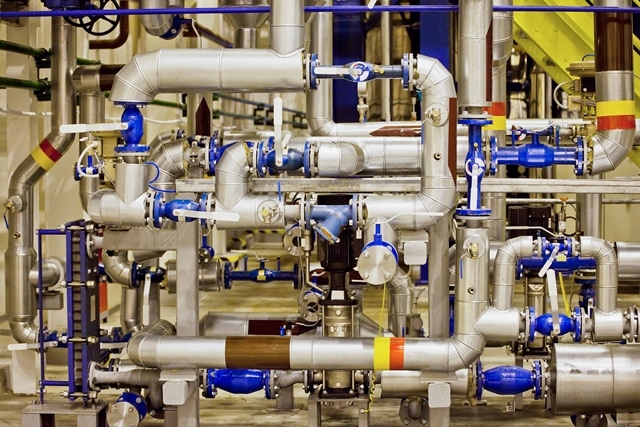The Various Fundamentals of Pipe Rack Design That Are Used In the Engineering Industry
 For any kind of process structure, it is of absolute importance that the development project should be backed by sturdy designs. One of the most important areas of design focuses on pipe racks and how diverse designing concepts can influence the end results that can be generated from working with steel pipe racks. The steel pipe rack design play an important role in the proper functioning of the power plants. Their main function is to offer support to power cables, instrument cable trays and pipes in general. Sometimes the pipe racks can also be used for offering support to mechanical equipments and vessels apart from valve access platforms. In any processing unit, the pipe racks are held to be the most significant element as they are employed for transferring materials between equipments and storage areas.
For any kind of process structure, it is of absolute importance that the development project should be backed by sturdy designs. One of the most important areas of design focuses on pipe racks and how diverse designing concepts can influence the end results that can be generated from working with steel pipe racks. The steel pipe rack design play an important role in the proper functioning of the power plants. Their main function is to offer support to power cables, instrument cable trays and pipes in general. Sometimes the pipe racks can also be used for offering support to mechanical equipments and vessels apart from valve access platforms. In any processing unit, the pipe racks are held to be the most significant element as they are employed for transferring materials between equipments and storage areas.
Pipe Rack Design: What exactly should you find out about them?
It is very important to design these pipe racks properly. There might as well be serious issues resulting from improper designing aspects and load combinations. Here are a few factors that must ideally influence pipe rack design. It is the task of the designer to evaluate the design of the pipe racks and the overall stability of the associated structures.
The transverse frames require moment-resisting frames that are able to defy both the lateral loads as well as gravity loads. These gravity loads might as well be produced by seismic loads, pipe loads or wind loads. Longitudinal struts with a single bay braced are used for connecting the transverse frames. While you’re working with these frames, all you have to do is transfer the longitudinal loads to the longitudinal struts. Pipe routing is not predominantly allowed above the cable trays.
Pipe Rack Cross section
More aspects of Pipe Racks Design explained
Different pipe lines require different intermediary support. For instance, if there are transverse bents placed at 7500 center and above, there are two intermediate support structures required. Pipes with large diameters should be allowed to cross between main beams so that only the smaller lines exert loading on intermediate supports. Longitudinal beams shall be provided between the bents. These beams are required for tying up the main bents and provide support for intermediate supports. They are also used distributing forces from the pipe anchors that cannot really be located at an early stage. Column base plates in the transverse (moment frame) direction may be designed as either fixed or pinned.As per Occupational Safety and Health Administration (OSHA), a minimum of four anchor rods required to resist a small moment. To minimize layout errors, the base plate is usually squared with a square and concentric anchor hole pattern.










